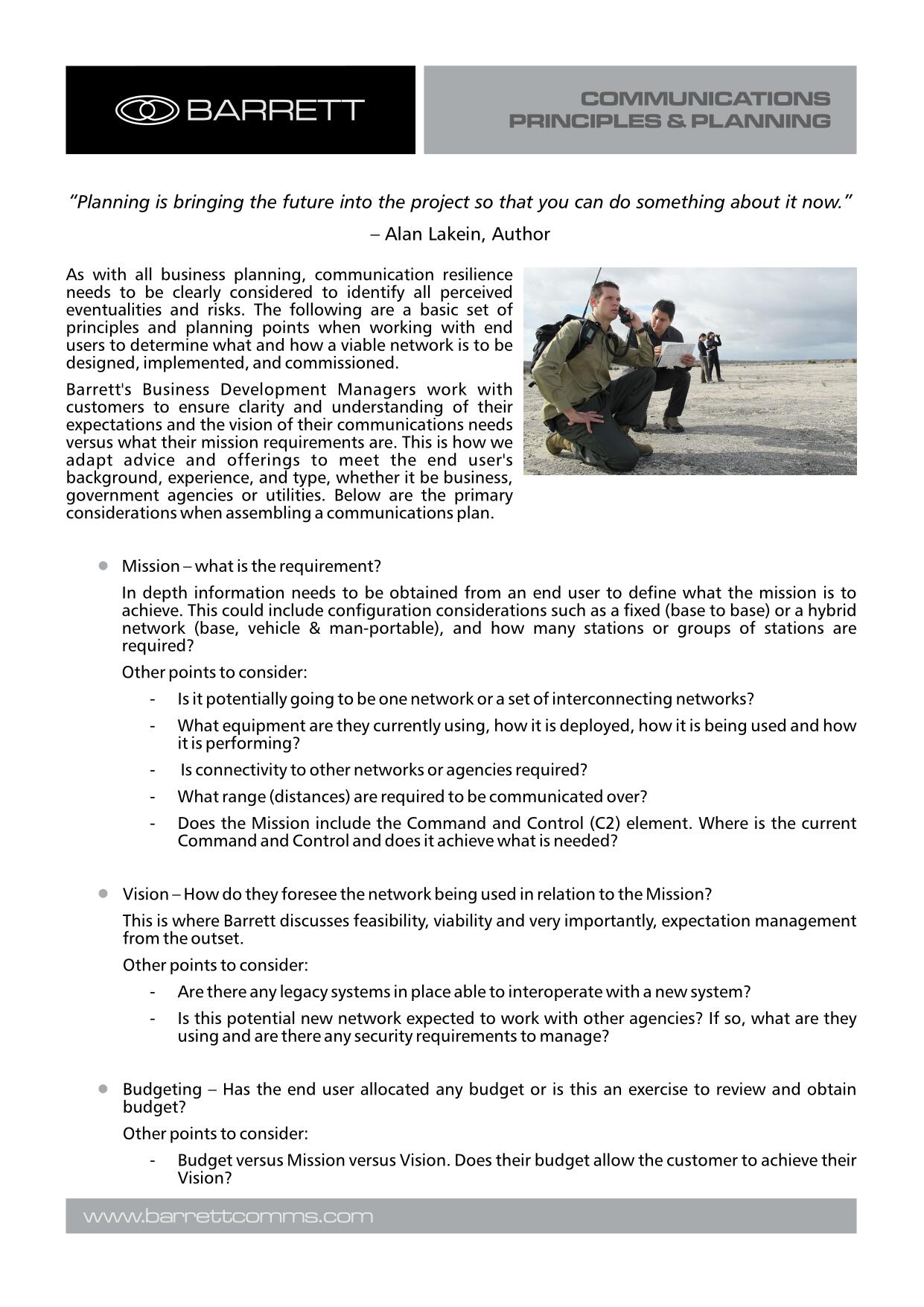
The US Defence Advanced Research Projects Agency (DARPA) has launched a new Ouija programme to enhance the warfighting capabilities across all the military domains.
The new programme aims to develop and validate high-frequency (HF) propagation models which will help to operate military systems across different domains, including air, sea, space and land.
DARPA currently depends on land-based systems to measure the propagation of HF waves through an electromagnetically noisy ionosphere.
The new programme aims to use sensors on low-orbiting satellites for more precise insights into HF radio wave propagation in the ionosphere, which covers the upper edges of the Earth’s atmosphere to the lower area of space.
DARPA Strategic Technology Office Ouija programme manager Jeff Rogers said: “Ouija will augment ground-based measurements with in-situ measurements from space, in very low-Earth orbit (VLEO), to develop and validate accurate, near real-time HF propagation predictions.
“The VLEO altitude regime, approximately 200km-300km above Earth, is of particular interest due to its information-rich environment where the ionospheric electron density is at a maximum.
“Fine-grained knowledge of the spatial-temporal characteristics of electron density at these altitudes is required for accurate HF propagation prediction.”
The Ouija programme will involve two technical areas, of which the first one was announced in a solicitation issued on 21 April 2022.
Under the first technical area, DARPA seeks to develop, qualify, launch and operate multiple small satellites carrying scientific instrumentation.
The Ouija scientific payload is expected to use or adapt commercial-off-the-shelf (COTS) components to measure electron density by direct sampling and indirect radio occultation via navigation satellites.
The second technical area also aims to develop assimilative models for ingesting direct, in-situ, measurements of electron density from a satellite in VLEO.
The new electron density models will be embedded into HF propagation code to validate with data measured on-orbit, to enhance fidelity over existing assimilative models.
A separate solicitation for the second technical area will be issued later.



